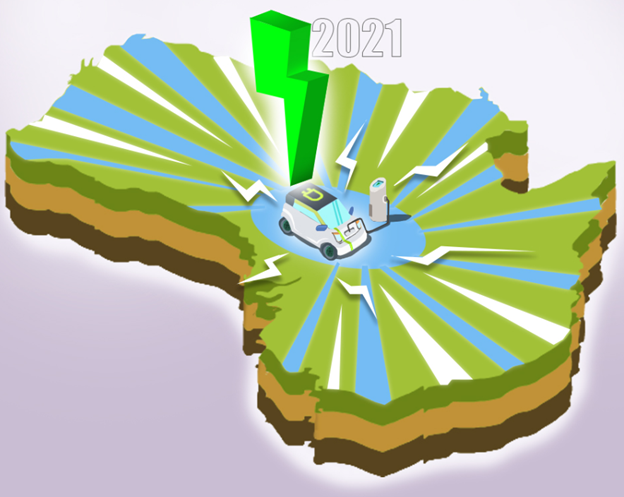Summary
- Alternative fuels over fossil fuel for vehicles is a vital issue for OEMs, government, and even civilians.
- Electric automobile industry in Australia still lags as compared to its worldwide competitors, but there has been some progress
- Advancement in battery technology, availability of the models and incentives given by the government are proving to be major catalysts
Conventional fuel-based vehicles have been hurting the environment for decades as they contain harmful exhaust emissions. Due to rising air pollution and earth’s atmospheric temperature, a pool of experts has suggested some strict measures to the authorities.
The global electric automobile fleet grew substantially over the last ten years, bolstered by supportive policies and technology advances. Governmental policies continue to favour electric vehicle deployment and are growing to be a more all-inclusive policy portfolio. According to Jaguar, two-thirds of Australians will be driving electric cars in the next ten years. Researchers say that the electric car is here to stay, and its growth will be following an exponential path.
However, there has been a conjecture that Australia is not expected to hit the ground running when it comes to the electric automobile sector. But the year 2020 has been a good one for EV companies like Tesla, Chevrolet and Nissan and therefore, it is being anticipated that 2021 is going to be a year of action.
Signs of progress
Australia has registered some growth in the electric vehicle sector in 2019 which is anticipated to make further progress in 2020.
The first sign of progress seems to be the kind consideration the Australian government has shown towards electric vehicle manufacturers. According to media sources, many Australian states will be ‘electrifying’ their bus fleets. NSW will be transforming around 8000 buses into electric mode in the coming 2-3 years. Tasmania and Australian Capital Territory are expected to shift their fleets to 100% and 90% by 2030 respectively.
To add to this, South Australia has hatched plans for an $18 million electric vehicle charging network.
Also, given the rising availability of electric vehicle models, there are numerous variants present in the market currently catering to almost all segments, even to the lower end of the market.
Then, the noted battery technology is moving ahead gaining strength day by day. The evolving battery sector seems to embrace a novel technology every day. For example, the companies’ support in resolving the anxieties about running out of fuel in the middle of nowhere is commending. Volkswagen’s launch of a 700-km range station wagon is a good example of companies pitching in.

Image Source © Kalkine Group
Companies in top gear to beat each other
The overall pace of the market activity, development and sales, the marketing strategies in 2020 has been far superior that what it was twelve months ago. The revolution in the EV market is not just about the passenger cars, it is also brewing across the truck segment and the utes category.
Models all set to be launched in 2021
Brands such as Ford, Mazda, Lexus, and many others are expected to launch new electric cars in Australia in the next 12 months.
Few models include Ford Escape PHEV, Ford Mustang Mach-E, Lexus UX 300e, Mazda MX-30, MG ZS EV, MG sub-$40K EV hatch, Renault Captur PHEV, Toyota Hilux hybrid, Vanderhall Edison 2, Volvo XC40 Recharge EV, Audi RS e-Tron GT, BMW iX, BMW iX3, Hyundai Kona Electric, Kia e-Niro, Nissan Leaf e+, Polestar 2, Tesla Model S Plaid, Hyundai Ioniq 5, Hyundai Tucson, Jeep Grand Cherokee, Nissan Navara, Kia Sportage, Volkswagen Golf, Toyota Kluger among many others.
The fact is, the infrastructure in the electric vehicle market is developing from coast to coast, and this is boosting up the confidence of car manufacturers that the government will ultimately join other nations in incentivising Electric Vehicle acceptance in some form or the other.
Presently, on a global level, there is a huge wave of fresh EVs, especially from Europe, Korea and China. When it comes to Australia, they are coming. Slowly but surely.




